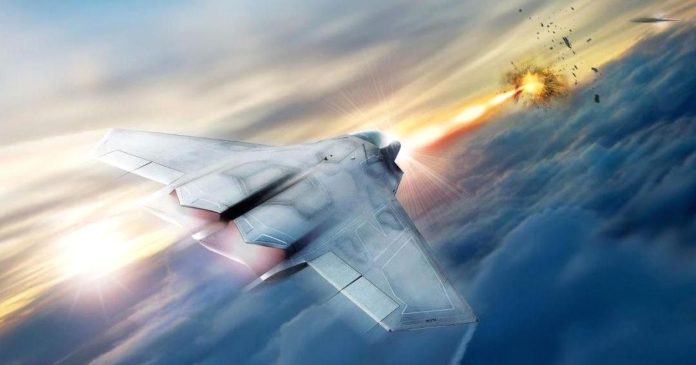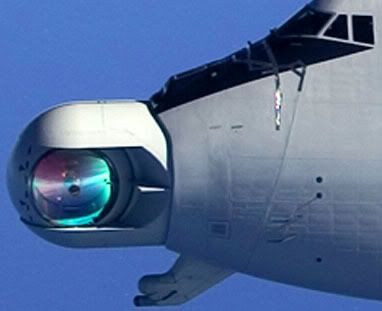
After significant investment and development, the U.S. Air Force has grounded its ambition of equipping fighter jets with laser weapons, shelving the Self-Protect High-Energy Laser Demonstrator (SHiELD) program.

Once poised to revolutionize aerial and missile defense, the decision underscores the steep challenges in bringing sci-fi worthy technology to the modern battlefield.
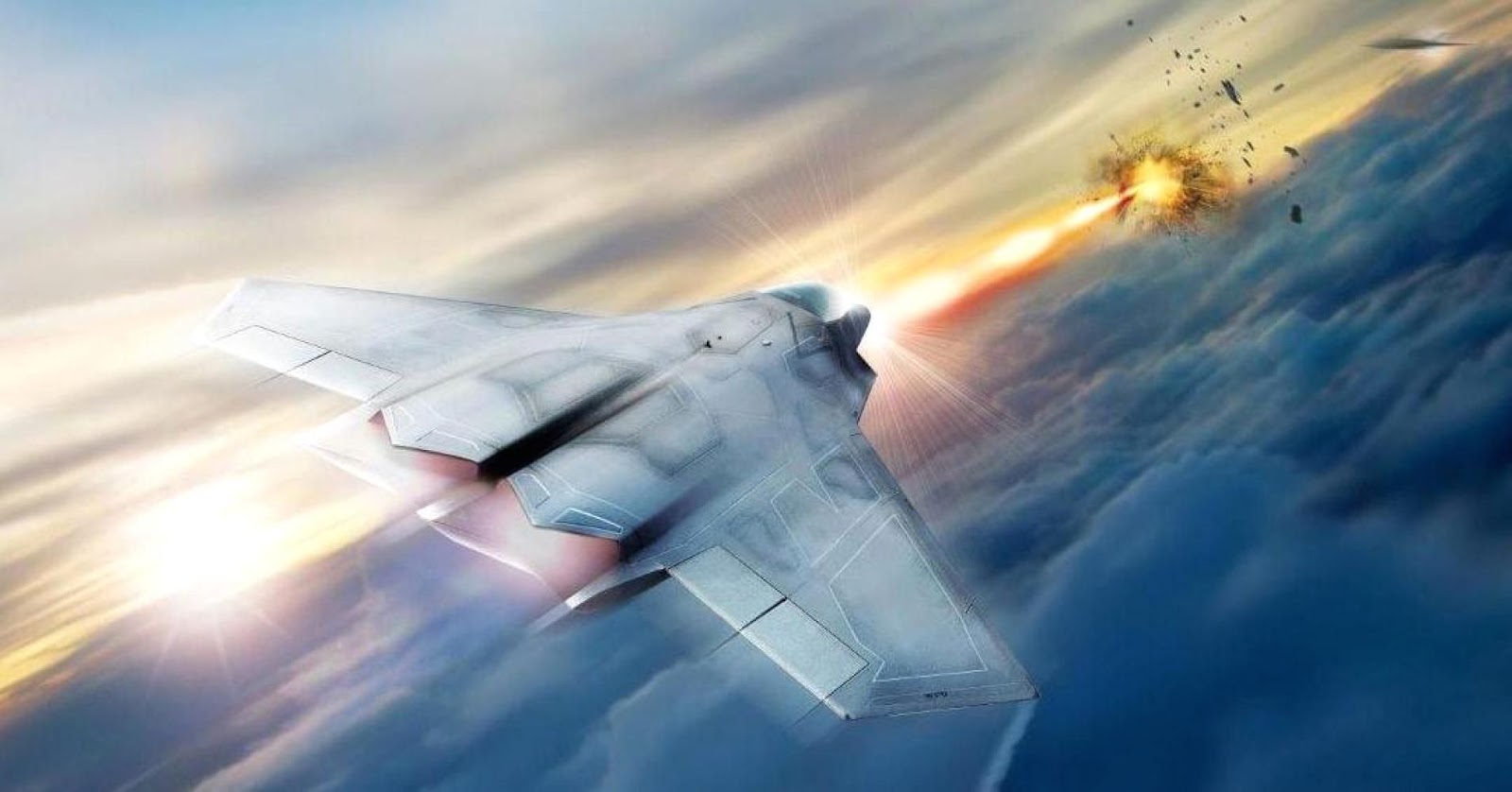
Initiated in 2016, SHiELD aimed to mount laser systems on aircraft like the F-22 Raptor and F-35 Lightning II to counter various missile threats.

Despite a successful ground-based missile shootdown and the receipt of the laser weapon system and pod subsystem, the program has hit an insurmountable roadblock.
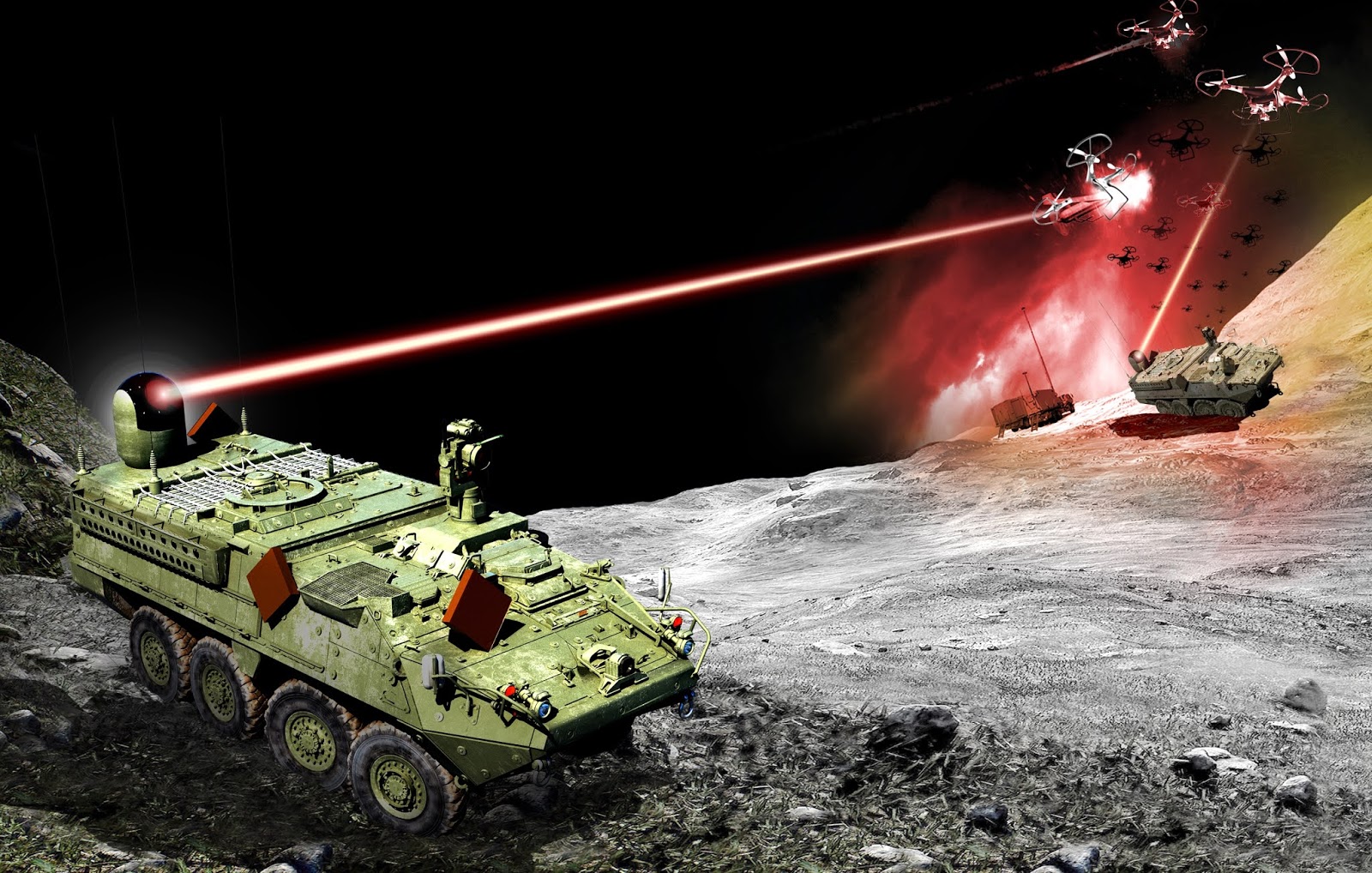
Dr. Ted Ortiz, the SHiELD program manager at the Air Force Research Laboratory’s Directed Energy Directorate, confirmed the program’s conclusion, stating, “The SHiELD program has concluded, and there are no plans for further testing and evaluation.”
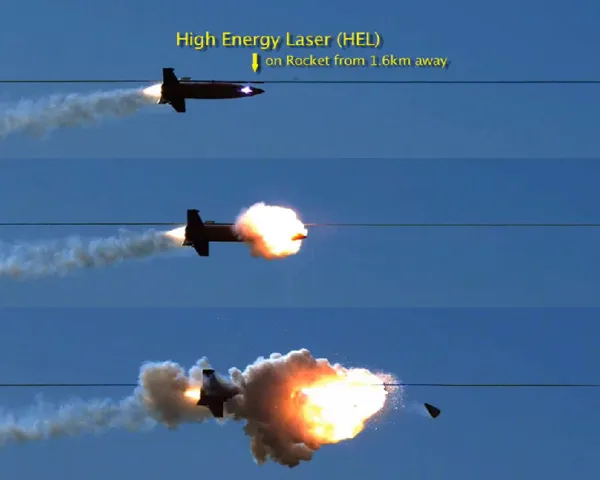
The acknowledgment follows the earlier abandonment of the Airborne High Energy Laser system for the AC-130J Ghostrider gunship.
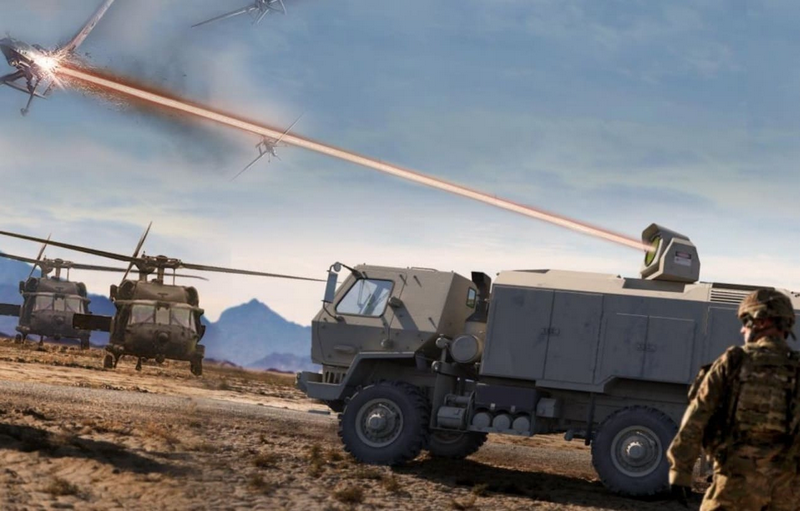
This news emerges as the U.S. military grapples with the increasing missile threats to its forces abroad. Iran’s 2020 ballistic missile attack on American forces, the largest to date, and ongoing skirmishes underscore the pressing need for advanced defense systems. Directed-energy weapons, like lasers and high-powered microwaves, have been eyed as cost-effective solutions due to their low cost-per-shot and virtually unlimited magazine, offering a compelling alternative to traditional and expensive interceptors.
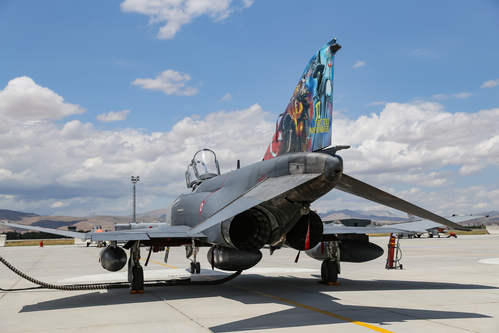
Despite the setbacks, the Air Force remains optimistic about the future of airborne laser weapons. Ortiz remarked, “After many years of development, HEL weapons are now a battlefield reality.” He highlighted their “deep magazine, scalable effects, and speed-of-light engagement” as game-changers, with the logistical benefit of using jet fuel for ammunition making air platform integration a logical next step.

Challenges in power generation and maintaining a coherent beam during the atmospheric turbulence of combat have complicated development. The high energy required for lasers to produce destructive beams has proved particularly vexing for smaller tactical aircraft. The past remarks of former Pentagon research and engineering chief Mike Griffin reveal the intricate balance of power, altitude, and platform requirements necessary for an effective airborne laser weapon.
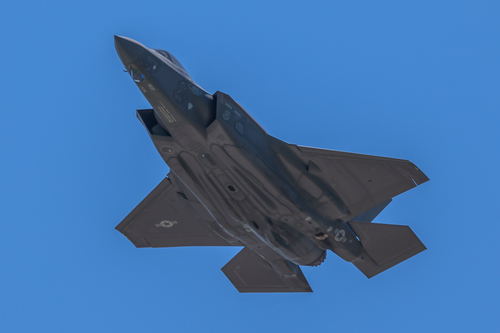
The quest for airborne laser weapons isn’t a recent fascination; the Air Force’s YAL-1 Airborne Laser Test Bed showcased the potential in the 2000s. The 2019 Missile Defense Review even suggested that mounting laser weapons on unmanned aerial vehicles could effectively counter missiles from adversaries like Russia and China.

With around $1 billion per year invested in directed-energy programs, the Pentagon’s pursuit of a high-flying solution for missile defense continues. SHiELD’s termination isn’t an endpoint but a recalibration as the military adapts to the technological and tactical realities of integrating high-energy lasers into combat aircraft.
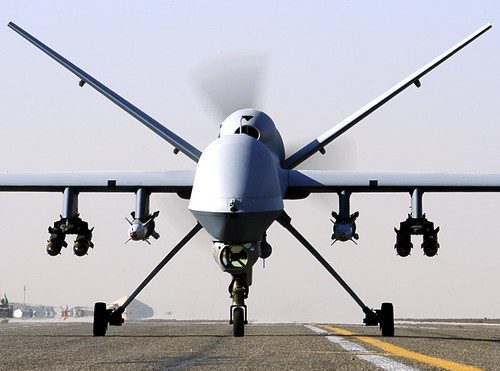
The SHiELD program’s closure speaks to the broader narrative of military innovation. While progress has been made, the transition from prototype to operational use remains elusive. The ongoing interest in directed-energy weapons for counter-drone missions and other potential applications signals a continued commitment to overcoming the technological hurdles.

As this chapter in military technology closes, the strategic imperative remains. The Pentagon’s enduring quest for a laser-equipped fleet, though grounded for now, maintains a vigilant gaze on the horizon, awaiting the breakthrough that will carry airborne lasers into the realm of everyday defense operations.
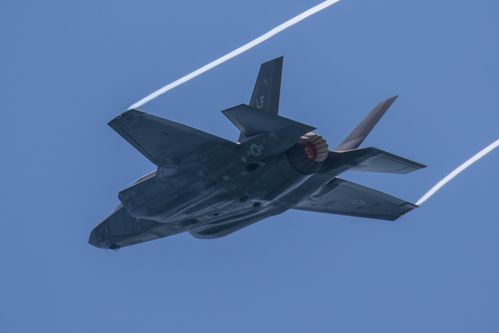
Relevant articles:
– Another Dead End for Airborne Lasers: Air Force Scraps Effort to Mount Directed-Energy Weapon on Fighter Jet, Military.com
– AFSOC Commander Tapped to Lead USAFA, Air & Space Forces Magazine
– Science & Tech Spotlight: Directed Energy Weapons, gao.gov
